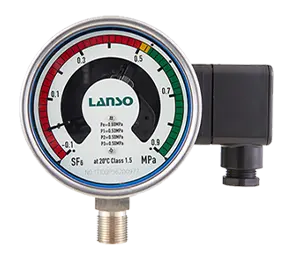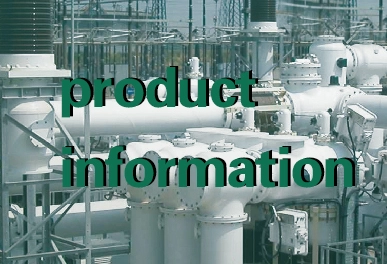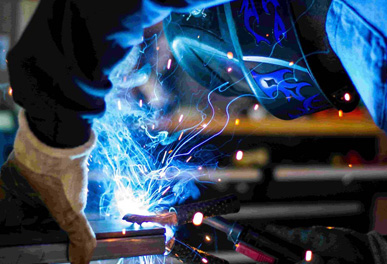Here are the different types of pressure gauges:
1. Liquid column pressure gauge
The liquid column pressure gauge is based on the principle of statics, which converts the measured pressure into the height of the liquid column for pressure measurement. Such instruments include U-tube pressure gauges, single-tube pressure gauges, and inclined tube pressure gauges. Commonly used pressure measuring and indicating liquids are alcohol, water, carbon tetrachloride and mercury. The advantages of this type of pressure gauge are simple structure, sensitive response and accurate measurement; the disadvantage is that it is limited by the density of the liquid, and the pressure measurement range is narrow. When the pressure fluctuates sharply, the liquid column is not easy to stabilize, and there are strict requirements on the installation position and posture. Generally, it is only used to measure low pressure and vacuum degree, and mostly used in the laboratory.
2. Elastic pressure gauge
As a kind of apparatus to measure pressure, the elastic pressure gauge measures the pressure by converting the measured pressure into the displacement of the element according to the principle of deformation of the elastic element. Common ones are spring tube pressure gauge, bellows pressure gauge, diaphragm (diaphragm) pressure gauge. This type of pressure gauge is simple in structure, durable, cheap, reliable in operation, and has a wide measuring range. It is suitable for low-pressure, medium-pressure, and high-pressure production occasions. It is the most widely used pressure measuring instrument in the industry. However, the measurement accuracy of elastic pressure gauges is not very high, and most of them use mechanical pointer output, which is mainly used for on-site instructions at the production site. When remote signal transmission is required, additional devices must be installed.
3. Pressure sensor and pressure transmitter
Pressure sensors and pressure transmitters use certain physical characteristics of objects to convert the measured pressure into various electrical signals through different conversion elements, and indirectly measure pressure according to the changes in these signals. According to the different conversion components, pressure sensors and pressure transmitters can be divided into resistive, capacitive, strain-type, inductive, piezoelectric, and Hall plates.
The biggest feature of this type of pressure measuring instruments is that the output signal is easy to transmit remotely, and can be conveniently used with various display, recording and adjustment instruments, thereby creating conditions for centralized pressure monitoring and control. It is widely used in the production process automation system.
You may also be interested in these products from Lanso Instruments:
Gas density meter
Sf6 pressure gauge







